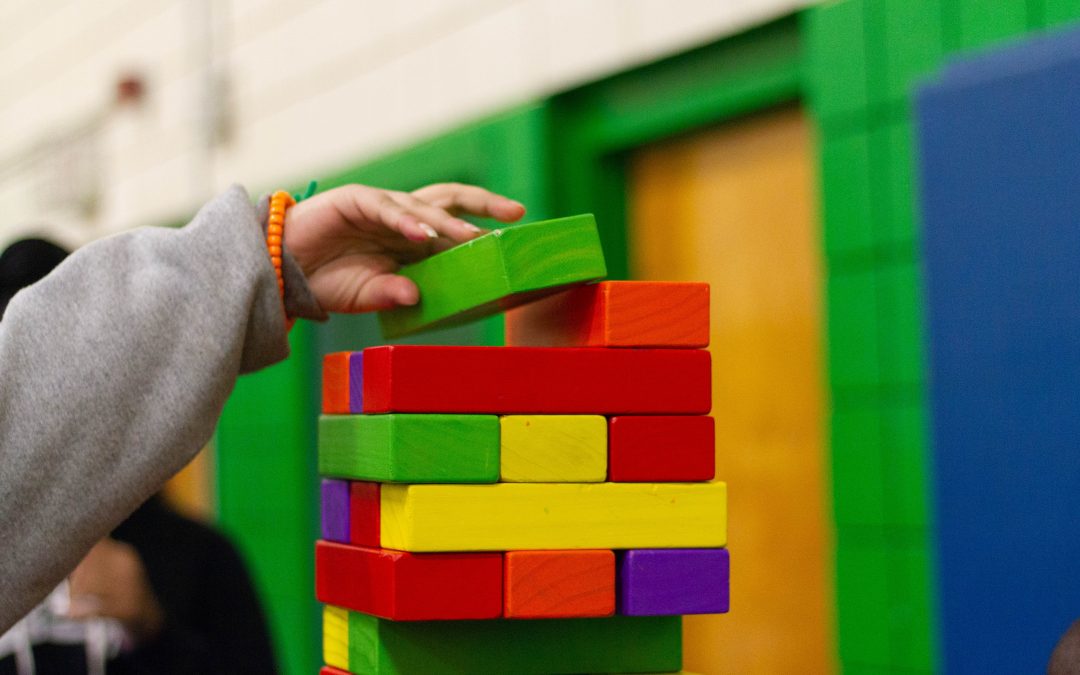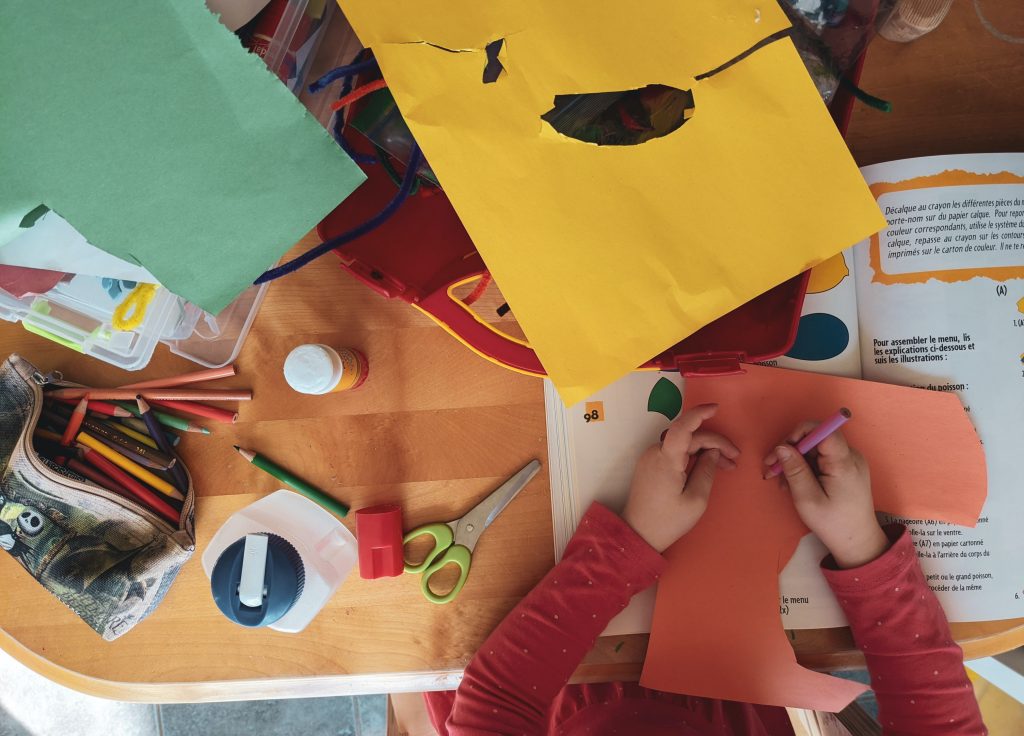Anna Ranson from The PlayLab, has some great tips for parenting! Check out her website to sign on to this free short video. https://letsplay.theimaginationtreestore.com/
One of her suggestions is to create pictures for your daily activities, and have the children organise (where practical) when they would like to have their screen time. This gives them some ownership of the decision and are more likely to be compliant when you let them know when time’s up.
She also recommends some blanket rules in regards to screen time for eg, no screen time until homework is done, or no screen time in the morning. When my children were smaller they would come home and mostly watch television until dinner and bed time. The crunch time came one day when I asked the children to get ready for bed. “But I haven’t played yet!” my exasperated child said. I quickly reminded him how he had every chance to play when he came home from school but didn’t.
This led us to a new rule. No television from Monday until Friday after school. Which stopped the everyday fights of trying to get them off the television, and they quickly realised they needed to make their own play if they were to have some fun in the afternoons. On the odd occasion the children came up to me saying they were bored. I would help with suggestions like; clean their room, sweep the floors. It wasn’t long and they found something fun to do 🙂 no surprises there. Okay that’s Yvette speaking- below are more helpful suggestions by Anna 🙂
Anna goes on to say that authentic child play is messy, noisy, spread out and chaotic. It often doesn’t look like the instagram pictures which are designed to attract an adult’s idea of what play should look like. Try to find an area that children can express themselves without the need for you interrupt their creativity.
According to Anna there is some essential ingredients for the child to have some good, solid playing.
Firstly, time. Make sure their schedule is not too crowded with organised sport and playdates: these events can rob our children of the ability to entertain themselves. Next, space, have a spot where children can leave their toys out, that way the children can extend on their building the next day. Have open ended toys and materials for the child to explore and use their imagination with. The trouble with closed toys eg, robots is that once the child has mastered the buttons etc, the child quickly becomes bored.
Open ended materials give lots of scope for the imagination and provide limitless options for the child to play. Lastly, be a detective and take notice of what interests your child. Provide resources and set up a little space for them with their interest and watch them discover all they can do with your initial play space.
This session by Anna is not only helpful for the Playtime Leader, but also to share with your playtime community. I’d love to know what has been helpful for you that helps children have more playtime and less screen time.

